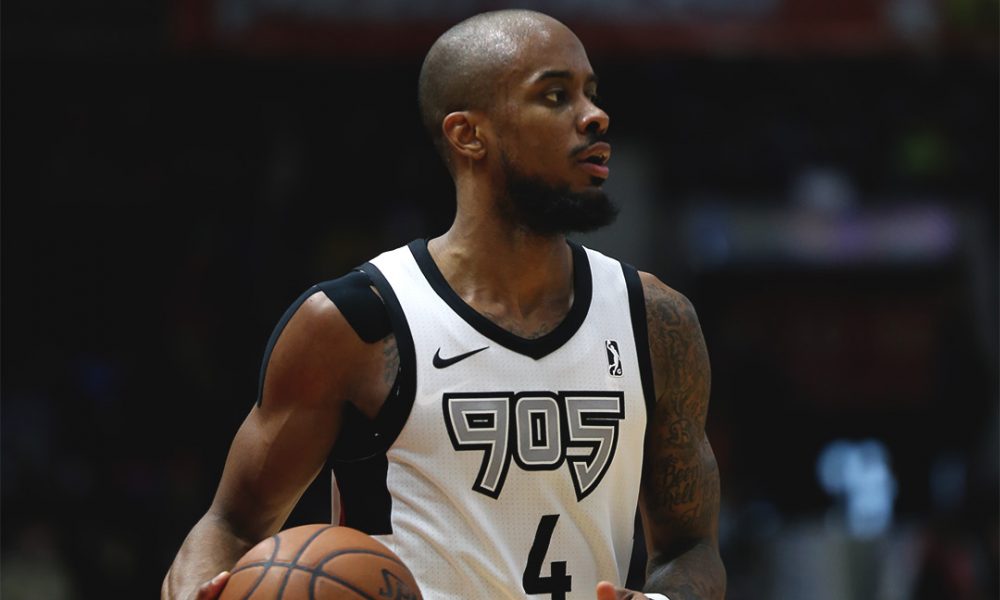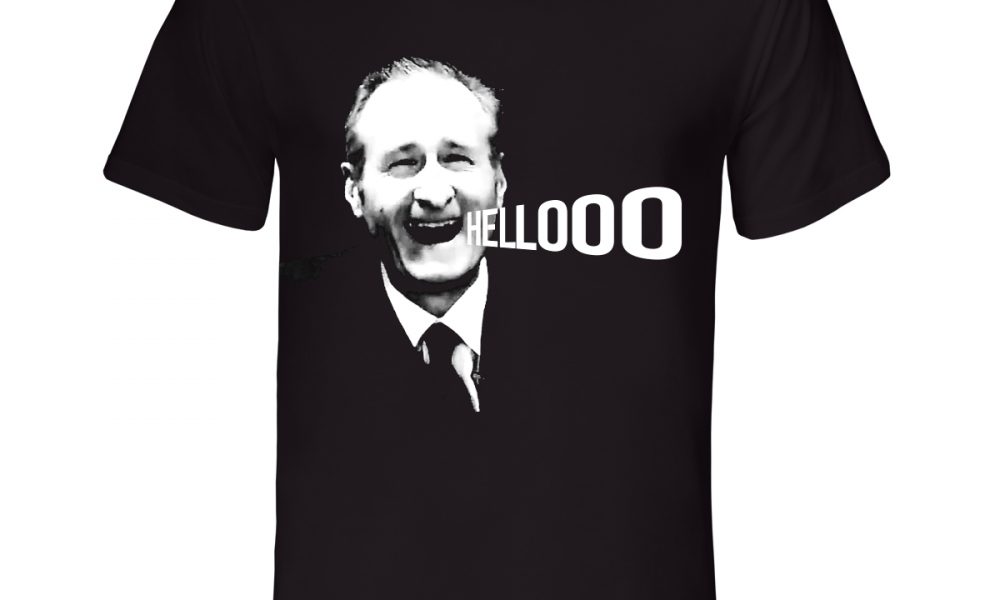Toronto recently lost in overtime to Milwaukee in part because the Bucks hit unlikely shots, in part because no fouls were called on Valanciunas’ dunks, and in part because they didn’t deserve to win. That’s settled, but the game can still be instructive.
I have heard and read countless times that DeMar DeRozan’s defence has improved this season. I’ve even written it myself once or twice. But what does that really mean? How has his defence improved, and in what specific areas? People usually cite defensive statistics: for example, Toronto’s defensive rating with DeRozan on the court was 107.0 last year and 104.8 this year. Those numbers could mean a huge number of things. First, the team defence has improved, so of course every player’s defensive rating has improved. Also, DeRozan plays alongside better defenders (cough, O.G. Anunoby, cough). It could mean DeRozan himself is defending better, but it could not. The only way to know is to actually look at how he has been defending.
So let’s use the clutch minutes of the Milwaukee game (last 5 minutes and overtime) as a microcosm for DeRozan’s defensive efforts. Another common trope of DeRozan’s defence is that he is a good defender when he tries hard; therefore, using his clutch minutes is important because he ought to be trying as hard as he can.
Against Milwaukee, DeRozan was directly involved in eight defensive possessions. In several others, he didn’t guard the ball or need to make a rotation, so those won’t be included here. Let’s start with his best and most impressive defensive clips and finish with his lowlights.
DeRozan’s best defensive possession came on one of the last plays of overtime, in which he was matched up with Giannis Antetokounmpo on a switch. Antetokounmpo posted up and received the ball just inside the arc. The Raptors zoned up the weak side to send Jonas Valanciunas into the paint to discourage a drive; DeRozan’s job was simply to stay in front of the Greek Freak, move his feet, and funnel him baseline towards the help. He performed admirably. Unfortunately for DeRozan, Giannis is a superstar and still made the shot, which proved to be the game-deciding play.
A similar play came with DeRozan matched up against Kris Middleton, the player whom DeRozan was defending for a majority of defensive possessions. DeRozan fought above a John Henson screen – an important team defensive concept – and forced Middleton baseline, with Henson’s defender, Jakob Poeltl, lurking to dissuade a drive or pass. DeRozan contested Middleton’s pull-up jumper perfectly, forcing a difficult shot without fouling. DeRozan forcing a Middleton miss from the midrange is particularly poetic.
DeRozan helps out on a drive, sliding over to reach at the ball when it’s exposed. He recovers when Giannis looks to pass to DeRozan’s original man and is able to kick the ball, causing a stoppage in play and a small victory for the defence. This is not world-beating stuff to be sure, but DeRozan is contributing by being aware, moving his feet, and knowing where to be. He is opportunistic without gambling himself out of position. Small victories.
We’re getting into the somewhat less-impressive category here. DeRozan denies a screen by threatening to go over. Routine. But still a net positive on defence.
This might be the limit of how good a defence can be with one of its’ members disengaged from the play. Eric Bledsoe throws an entry pass to Middleton on the wing, who is posting up the stouter-than-expected post defender, Fred VanVleet. Jakob Poeltl immediately shows as the helper in the paint, which scares Middleton off. Middleton finds Poeltl’s original man, John Henson, cutting through the lane. The ever-vigilant Pascal Siakam switches onto Henson and extinguishes what could have easily been a defensive breakdown. Poeltl and Kyle Lowry rush to disincentive a Henson dump-off to a cutting Giannis, and then Lowry scrambles to return to his man, Tony Snell. Henson has nowhere to go and throws it away because Siakam already took his lunch money. DeRozan? He just spun in a circle the whole time. Didn’t help (should have dug down on Henson), didn’t rotate (could have picked up Snell), didn’t move. The defence remained solid.
Here DeRozan drives and falls, but no foul is called. Impressively, he doesn’t argue (for long) with the refs and hustles back on defence! Big win. Then he falls for a really simple pass fake to Giannis and jumps out of position like a leaping waltz dancer. Henson receives the ball while cutting to the rim, and only a timely Serge Ibaka rotation and contest prevents the basket. We’re onto the poor defensive showings, now.
This play starts with a bang and finishes with a whimper. DeRozan again finds himself matched up with Giannis, and he contains the drive. Valanciunas’ help forces Giannis into a difficult jump pass, which finds Jason Terry in the corner. He swings the ball to Tony Snell, who knocks down the triple, uncontested. DeRozan? He was still in the paint, not having moved after stopping Giannis. There was no second effort, no rotation back out to a man, and no close-out on Snell. Rough.
This is the worst of them all. Bledsoe drives past VanVleet for a layup. Of course, some of the onus is on VanVleet for allowing his man to skip past him so footloose and fancy free. But it was DeRozan’s responsibility to sink into the paint on the drive, at least force a tougher finish for Bledsoe, and then recover back to his man in the corner if Bledsoe passed it out. DeRozan doesn’t move.
So taken in concert, what do all these plays offer? DeRozan is a solid on-ball defender. The Bucks intentionally sought to attack him on switches, getting Giannis the ball on the perimeter with DeRozan guarding him. That never resulted in an easy basket for Antetokounmpo. He twice stayed in front of Giannis, denying easy entrance into the paint, and forcing a tough shot and a tough pass. That is incredibly difficult to do, and much credit should go his way. He also followed the team’s defensive principles in on-ball screen defence multiple times.
Off the ball, DeRozan was iffier. He multiple times failed to recognize his rotation, even if it was only the first or second rotation of the defensive possession. These are not complicated defensive patterns. His failure to even leave the paint after containing a Giannis drive resulted in a wide-open 3, which I found particularly egregious. That he was easily pass-faked out of a play and once didn’t even make a token effort at helping on a drive compounded his mistakes. To be fair, DeRozan was able on one occasion to recognize a chance to interrupt a play and knew when to return to his man.
Taking those mistakes together, it’s easy to see that DeRozan’s awareness of off-ball defence remains his weakness. He isn’t immediately aware of his shifting responsibilities the way a good defender is, let alone ahead of time like a great defender. He also shows an occasional lack of effort, especially after offering positive contributions and containing an initial action. These were areas of concern in previous years and remain so in 2017-18.
DeRozan’s on-ball defence has improved! We didn’t see him consistently compile positive defensive possessions against elite isolation scorers like Antetokounmpo in previous years. The statistics tell the same story. DeRozan has improved from the 39.1st percentile in defending isolation chances in 2016-17 to the 47.7th percentile. He is now league-average, although he’s likely even better than that when the game is on the line. And as the entire Raptors season has shown, an elite defence can be built with one of the defenders being a poor off-ball defender but a good on-ball one.



